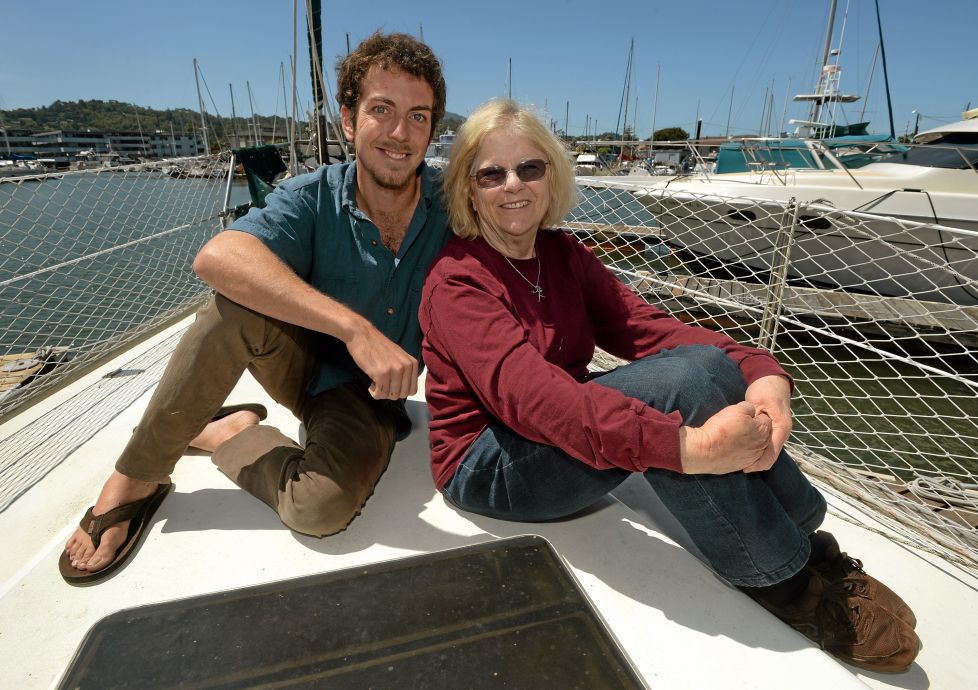Table of Contents
ToggleThe Foundation of Public Approval: Relatability and Authenticity
The most significant shift in the celebrity collaboration landscape is the move away from unattainable perfection and toward genuine human connection.
-
The Pursuit of Relatability: Modern audiences want to see themselves in the brands they support. Jeanine Polizzi, founder of Biz in Bloom and a professor at Parsons School of Design, emphasizes that “there needs to be a human quality” in campaigns . Collaborations that highlight a celebrity’s real-life use of a product or service, rather than projecting an image of exclusivity or superiority, are far more likely to resonate. Polizzi notes that “perfection is an outdated kind of concept,” and campaigns that feature “multicultural” and “younger celebrities” help a broader audience feel seen and represented .
-
Authenticity as a Non-Negotiable: With greater access to information, consumers actively “pick things apart,” seeking transparency in how a celebrity truly aligns with a brand’s values . A collaboration cannot feel like a simple financial transaction. It must be built on a foundation of genuine affinity, where the celebrity’s public persona and private actions match the brand’s ethos. This alignment builds trust, which is the cornerstone of public approval in 2025.
The Strategic Elements of a Successful Collaboration
Building on the foundation of authenticity, several key strategic elements determine whether a collaboration will be a hit or a miss.
1. Deep Audience and Value Alignment
The success of a collaboration hinges on more than just the celebrity’s fame; it depends on a seamless fit with the brand’s target demographic and core values . For instance, Zendaya’s partnership with the Swiss sportswear brand On is considered a masterclass in alignment. Her public advocacy for mental and physical well-being dovetails perfectly with On’s brand message, making the collaboration feel like a natural extension of her personal brand rather than a forced endorsement .
2. Cultural Impact and Inclusivity
Collaborations that make a meaningful cultural statement or champion inclusivity can achieve legendary status. Rihanna’s Fenty Beauty is the benchmark, having revolutionized the beauty industry by launching with 40 shades of foundation, a stark contrast to the limited ranges offered by competitors at the time . This commitment to inclusivity, now known as “The Fenty Effect,” forced the entire industry to evolve and earned the brand deep loyalty and widespread public approval .
3. Co-Creation and Creative Involvement
The public can distinguish between a celebrity who is merely a paid spokesperson and one who is an active creative partner. Campaigns where the celebrity is deeply involved in the design and creative process are perceived as more authentic. Rihanna was not just the face of Fenty Beauty; she was instrumental in product development and campaign messaging . Similarly, Zendaya works closely with On to “reimagine product collections,” ensuring the partnership is built on genuine collaboration .
The Risks and Pitfalls of Failed Collaborations

Not every celebrity partnership finds favor with the public. Common missteps include:
-
Perceived Inauthenticity: When a celebrity’s association with a product feels contrived, audiences quickly become skeptical. This is often the case when a celebrity launches a product in an oversaturated market without demonstrating any prior expertise or passion for the category .
-
Value Misalignment and Insensitivity: A collaboration can backfire dramatically if the celebrity’s image clashes with the brand’s values or if the campaign is tone-deaf. An example cited is Blake Lively’s hair care brand, which faced criticism for its perceived lack of scientific rigor and for using her film about domestic violence as a promotional vehicle, which was viewed as insensitive .
-
The Danger of Overexposure: Celebrities who endorse too many products risk diluting their influence and coming across as disingenuous. Brands now carefully vet a potential partner’s endorsement history to avoid this “overexposure risk” and ensure their collaboration will feel special and unique to consumers .
The Future of Collaboration: Navigating a New Landscape
Looking ahead, several trends are shaping how brands and celebrities will work together to win public approval.
-
The Blurring Line Between Celebrities and Influencers: The traditional distinction between A-list celebrities and social media influencers is fading. Brands now choose partners based on their ability to drive meaningful engagement with specific niche audiences, not just on their fame alone . Micro-influencers, in particular, are valued for their high engagement rates and trusted voices within their communities .
-
The Critical Role of Compliance and Transparency: As influencer marketing matures, global regulations are tightening. In 2025, countries like Italy and Spain have introduced dedicated frameworks requiring clear disclosure of paid partnerships . Brands and celebrities must prioritize transparency to maintain consumer trust and avoid significant fines, which can reach up to €600,000 in Italy for serious violations . Failure to do so can lead to severe reputational damage, as evidenced by the backlash against influencers and brands for perceived inauthenticity .
-
Leveraging Data and AI: PR and marketing teams are increasingly using data analytics and AI-powered tools to measure sentiment, track engagement, and ensure a potential celebrity partner’s audience aligns perfectly with the brand’s target demographic . This data-driven approach helps de-risk collaborations and allows for more precise targeting and messaging.
Conclusion
Earning public approval for a celebrity brand collaboration in 2025 is a complex but achievable goal. The formula for success has moved beyond star power alone. It requires a deep, authentic connection between the celebrity, the brand, and the audience, built on a shared set of values and a commitment to transparency. By prioritizing genuine storytelling, inclusive representation, and strategic alignment, brands can create partnerships that do more than just sell products—they can build lasting cultural resonance and trust.



